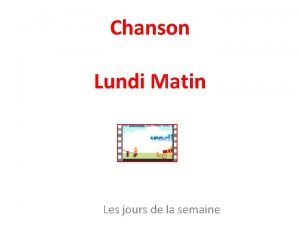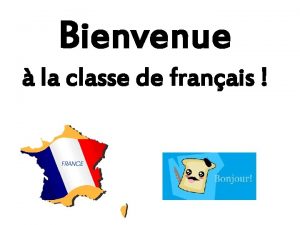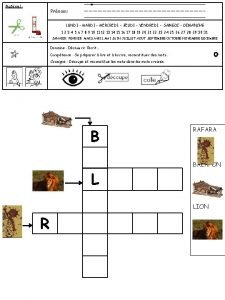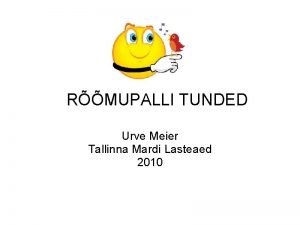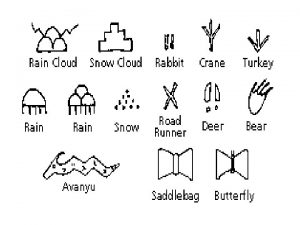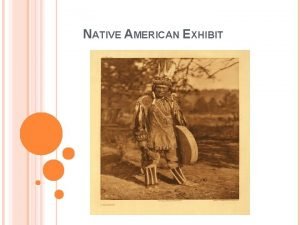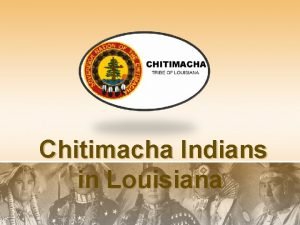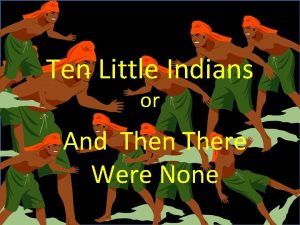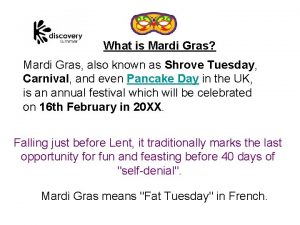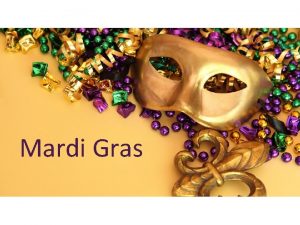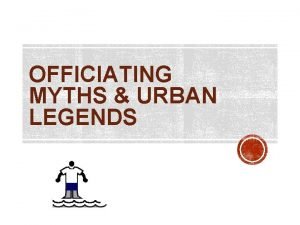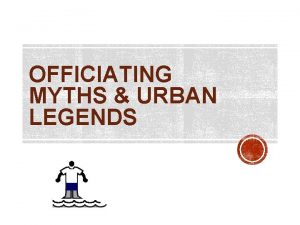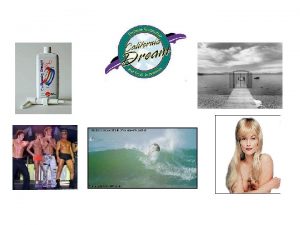THE MARDI GRAS INDIANS LIVING AND DANCING LEGENDS











- Slides: 11

THE MARDI GRAS INDIANS LIVING AND DANCING LEGENDS

THE HISTORY The Mardi Gras Indians are based off of the elaborate regalia of the plains Indians. Historians also have stated that the inspiration was inspired from the buffalo Bill shows as well. The Buffalo bill show also featured black cowboys and cow hands. These whimsical performances date back to the 19 th century and pay homage to the native Americans who had helped and housed runaway slaves. They would aid the slaves in their journey by dressing them up as Indians so that they would be unrecognizable to bounty hunters. Slaves were oppressed and forbidden from dancing in the public square with their own music, dance and culture and not allowed to partake in the Mardi Gras festivities so they created their own Mardi Gras and dressed as Indians to pay the respect to the Native Americans who risked their lives to help them.

HISTORY CONTINUED • The Indians would avoid the French Quarter and heavily tourist driven areas and have their parades through the black neighborhoods where they had a sense of safety and community. • The Mardi Gras Indians do in fact have a violent past. Neighboring tribes would often compete for territory. There standoffs would consist of knife fights, chanting, and dancing. Masking and parading was a time to settle scores. Members would often dress up as woman during the crowded festivals, attack their target and then run into a bar to change out of the dress. • In 1965, the greatest Mardi Gras Indian dubbed the “Chief of Chiefs” Allison Montana fought tirelessly to end the savage fighting of the tribes to make it a more peaceful venue. Now Modern day tribes compete for beauty by creating the most elaborate costume rather than for violence. As of now there about 38 tribes.

ALLISON MONTANA (TOOTIE) • Tootie was born in 1922 and was the grandson of Becate Batiste the first African American to mask with Indians. • Tootie became aggravated with the violence of the original tribes, his solution was to make the competition about beauty and artistry rather than revenge. • He was the one behind the elaborate decor behind the Indian suits and designed some of the geometric shapes and beadwork seen on the costumes today. Many other tribes always looked forward to his newest designs. • Tootie masked and was big chief for 52 years. Sadly, in 2005 the Mardi Gras Indians faced police brutality. Tootie spoke at a conference against the incident, unfortunately during his speech he had a heart attack and had to be rushed to the hospital but passed away before arriving The tribes all joined together in chanting and dance to celebrate Tootie’s life and to honor a legend.

THE COSTUMES

ALLISON MONTANA IMAGE

HOW THE COSTUMES ARE MADE • Each costume weighs about 100 lbs. • The costume takes a year to create and the estimated cost of materials runs from 3 -6 k. every last bead, sequin and patch is sewn by hand 5 hours a day is spent on the costume. • The participants are from working class backgrounds and much of their paycheck is saved for the costume materials. • The materials used are beads, feather tufts, Ostrich feathers, velvet, sequins, animal horns, leather, felt, cardboard and other durable materials for framing. • No chief or Indian wears the same costume from the previous year, they get started on a new one right when Mardi Gras ends. • The costumes are worn only thee times. On Feast day, Mardi Gras day and “super Sunday which is close to Saint Joseph’s day. The music is a mix of Creole, Native American drum beats, funk soul and R&B.

BATTLE FORMATION • The tribe consists of a first flag, spy boys, wild man, big chief and his wife the queen. • The spy boys wear light running suits so that they are able to be more agile and to move quickly if danger is spotted. • The first flag is ornately dressed and caries the tribe flag and symbol. • Closest to the big chief the wild man carries the tribe’s symbolic weapon. • Last but not least is the big chief. He has the most elaborate costume of the entire tribe and marches toward the back with his queen. The big chief decides which route the tribe will travel. • During the march the Indians sing and chant traditional songs in African dialects that relate to their tribe. • The Indians usually then have a dance stand off, chant and taunt each other to see who is the prettiest big chief. After their encounter they continue marching on.

HERE THEY COME! Big chief and big queen The whole gang

THE COMMUNITY • The participation as a Mardi Gras Indian is a family endeavor. Neighbors and families come together each night to work on their costumes and draw up ideas. • Children often participate in the march and are usually made into spy boys. • The Red Flame Hunters is the all children’s tribe. This tribe was established to give the inner city kids something to look forward to, be a part of a community and to help them embrace their creativity. The program keeps the young teens out of the streets, away from drugs, violence and police brutality. • The eldest child is the big chief. Not only does he work n his own costume, he takes his leadership role very seriously and helps the younger kids with their bead and needlework as well.

THE RED FLAME HUNTERS YOUTH TRIBE • https: //www. youtube. com/watch? v=t. Qy. FWd 7 j. Ucw
 Jour de la semaine en chanson
Jour de la semaine en chanson Aujourd'hui c'est mardi
Aujourd'hui c'est mardi Pohon klasifikasi konsep
Pohon klasifikasi konsep Lundi mardi mercredi jeudi vendredi
Lundi mardi mercredi jeudi vendredi Mardi lasteaed
Mardi lasteaed The bitter conflict between whites and indians intensified
The bitter conflict between whites and indians intensified Difference between living and non living organisms
Difference between living and non living organisms Sioux indian clothing
Sioux indian clothing Plains indians tipi
Plains indians tipi Chitimacha indians
Chitimacha indians 1 little 2 little 3 little indian
1 little 2 little 3 little indian Roy lichtenstein knight on horseback ii
Roy lichtenstein knight on horseback ii
